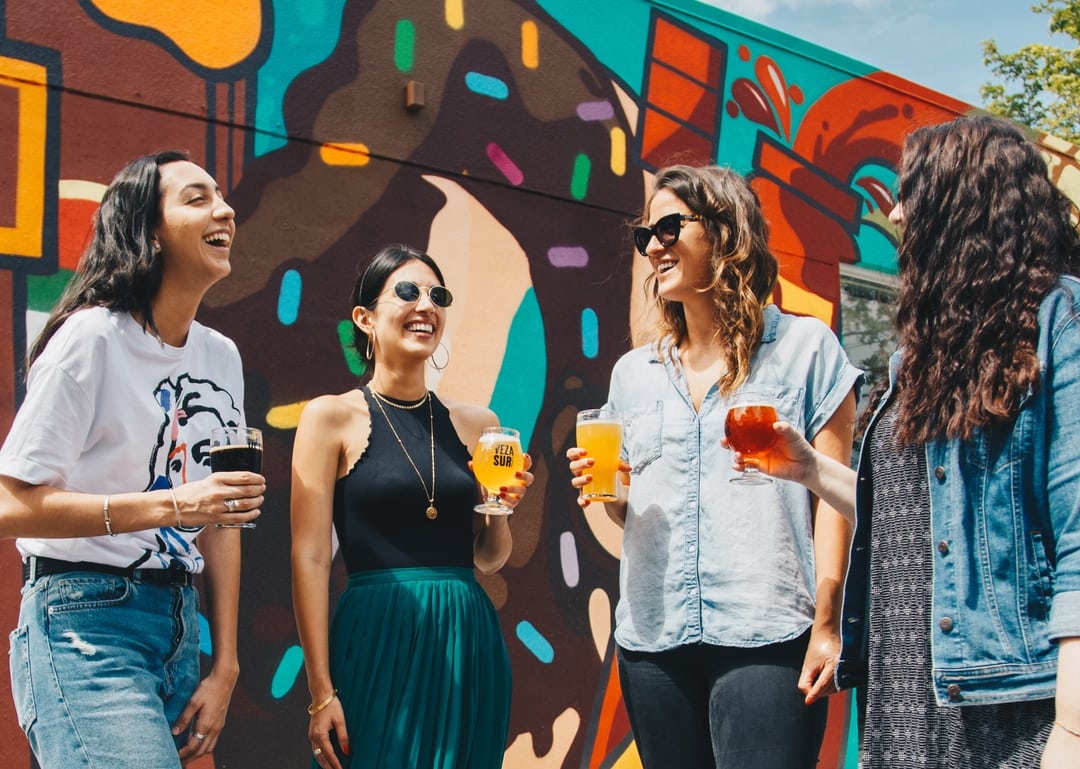The Lowdown on Low Alcohol

Grab a pen and a piece of paper. Saying that, you might need a spreadsheet for this one. OK, here we go –
When you drink something labelled “non-alcoholic” did you know that it might, in fact, contain alcohol? This is where the spreadsheet comes in. In the UK, drinks can be designated as alcohol-free if their alcohol content is <0.5%ABV. It’s a small percentage of a drink for sure – around 2.75ml, or about half a teaspoon, in your pint of beer. But it’s alcohol, nonetheless.
And to add to the confusion, different parts of the world use different labelling controls. Under EU law, drinks under 1.2% don’t legally need to show the percentage on the label. So that could mean you’re drinking well over a teaspoon of alcohol in your 568ml pint (or ‘large beer’ in the Eurozone). While in the US drinks at 0.5% ABV can be labelled non-alcoholic (though, curiously, not “alcohol-free”).

Additionally, they’re not subject to alcohol tax, which means while you might save money over a regular alcoholic beverage you could also unwittingly be imbibing something you didn’t know was there.
So, does the low/no debate matter, given how small the quantities of alcohol under discussion? Well, there are lots of people for whom alcohol consumption can potentially cause serious harm. Anyone suffering from a particular health condition or taking certain kinds of medication are told to steer clear. Alcohol for pregnant women, or those wanting to get pregnant, is a no-no – NHS guidelines state that the“safest approach is not to drink alcohol at all”.

And if avoiding alcohol for religious reasons, what is or isn’t acceptable is open to interpretation. And the challenges for recovering alcoholics are numerous. Even a tiny amount of alcohol can act as a trigger, setting up cravings and a condition called “euphoric recall” which loosely means the brain remembers the good times and blanks the bad parts of being an addict.
As a group of nations, the UK is drinking less alcohol year-on-year. This is in part down to initiatives like Dry January (well over 4 million participants in 2020) and Sober October, and because of a broader trend to drink less but better alcohol – or no alcohol at all. A quarter of UK adults say they want to reduce their alcohol consumption, and a huge 29% of 16–24-year-olds don’t consume alcohol at all. As every age demographic is involved, the signs are that this significant lifestyle shift looks set to grow.

It’s not as though a decision not to drink alcohol means forgoing fun, flavour and socialising. There might have been a time when raised eyebrows might have accompanied a party guest filling their glass with sparkling water instead of wine or a cocktail, but times – and the quality and deliciousness of what’s on offer – have changed.
Are you really going to be sad about missing out on a warm glass of indifferent sugar-filled sparkling wine when you can enjoy a beautifully balanced glass of chilled Noughty Organic Sparkling Chardonnay, Rosé or even a beautifully crafted AF cocktail.
If the music is playing and the conversation flowing, it’s hard to see that you’re missing out – especially as you’ll be in charge of all your faculties on the night and won’t spend the following day wallowing in a hangover of horror wondering what you got up to.
The real question is why drinks labelling isn’t clear, standardised and uncomplicated. Don’t consumers have a right to know what they’re drinking? But, as we’ve said, you’ll need a spreadsheet to get to the bottom of that one.

